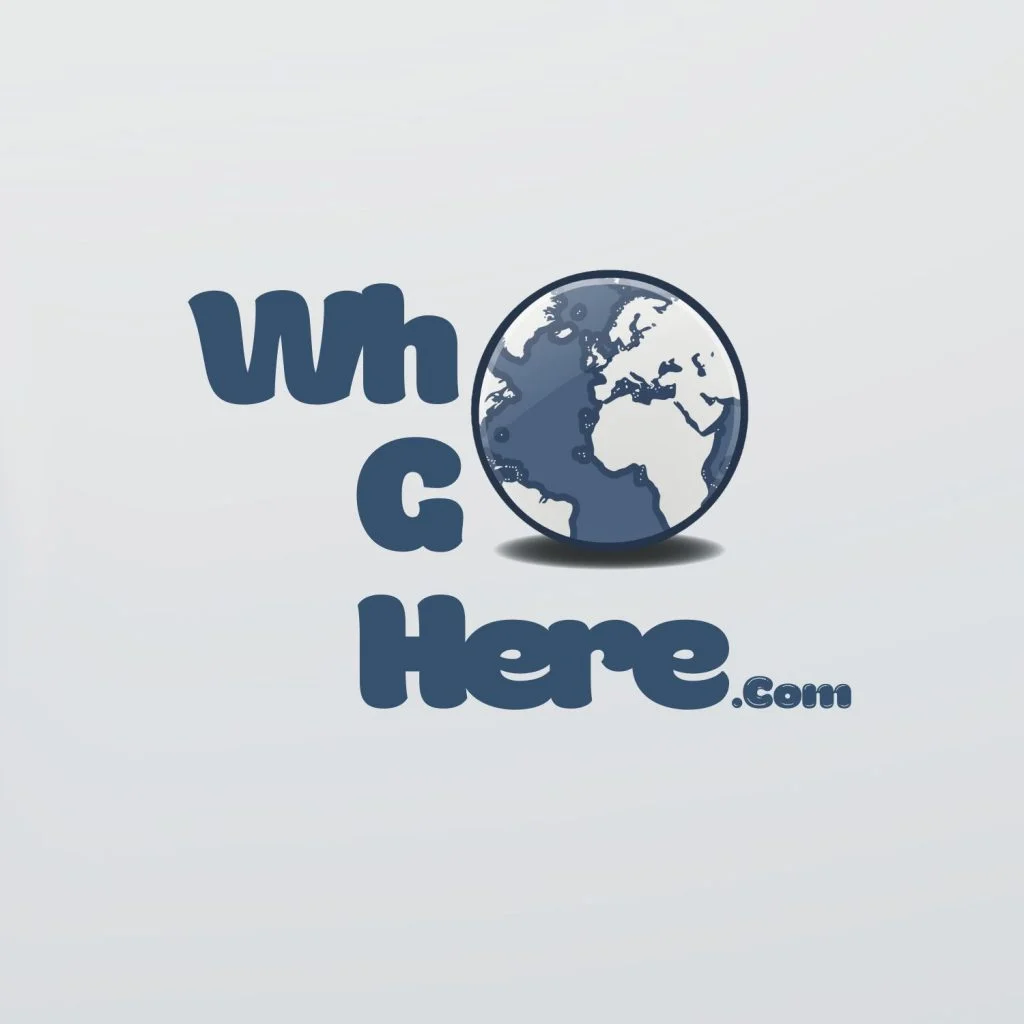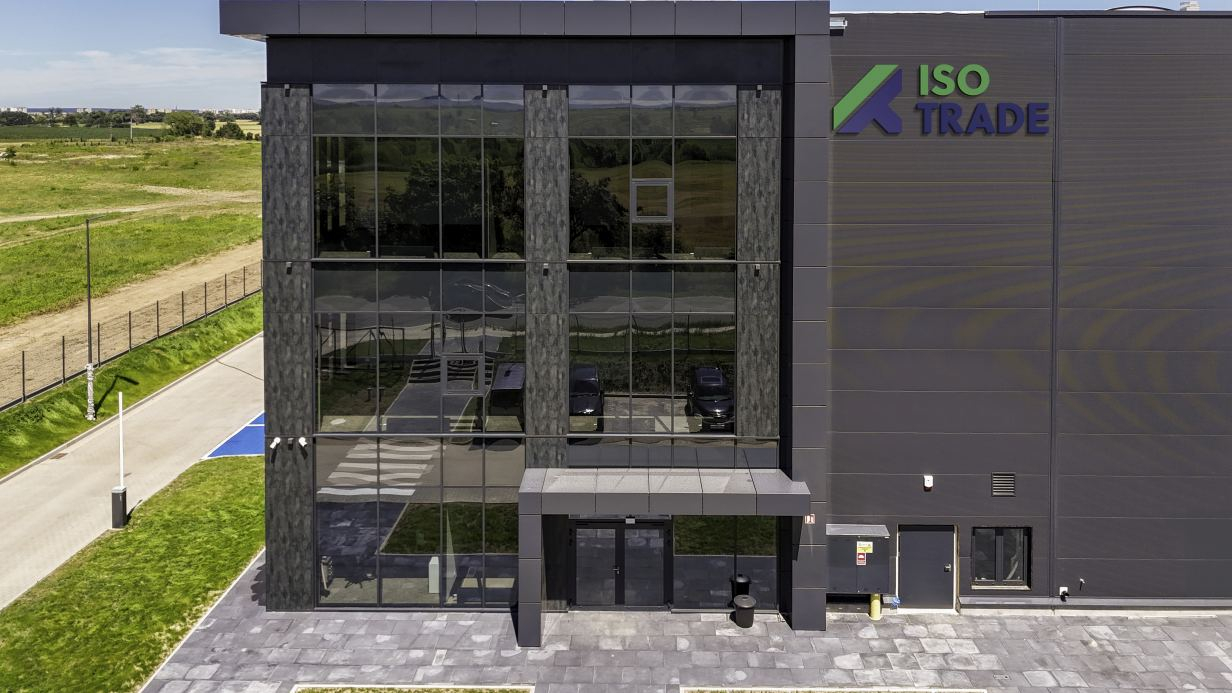Competitive diving is an intricate blend of athleticism, artistry, and precision that captures the imagination of spectators and athletes alike. From springboard to platform events, divers showcase their skills through a series of skillful maneuvers, breathtaking acrobatics, and mesmerizing grace. While the final scores often reveal who performed best, the heart of competitive diving lies in the rigorous training, mental fortitude, and deep-seated passion for the sport. In this exploration of The Art of the Dive, we will delve into various aspects of competitive diving, including techniques, training regimens, and the psychological challenges faced by divers.
Understanding Competitive Diving: Techniques and Styles

To appreciate the beauty and skill involved in competitive diving, one must first understand the different techniques and styles utilized by divers. Each type of dive has its unique requirements, and mastering them involves dedication, practice, and an acute awareness of body mechanics.
The Different Types of Diving Boards and Platforms
Diving can occur from several heights and surfaces, each offering distinct challenges. The two primary types of diving apparatus are springboards and platforms.
Springboards are typically flexible boards that allow divers to propel themselves higher into the air. They range in height from 1 meter to 3 meters and require precise timing and control to achieve the desired height and rotation.
Platforms, on the other hand, are rigid structures that can reach heights of 5, 7.5, or even 10 meters. Divers perform dives from these platforms, relying solely on their technique and body strength to execute jumps and flips without the aid of a springboard.
Key Techniques in Competitive Diving
Competitive divers employ a variety of techniques to enhance their performance during dives. These techniques include take-off, aerial maneuvers, and entry into the water.
Take-off is crucial for gaining altitude. Proper execution involves utilizing explosive leg power while maintaining balance and form. The more controlled the take-off, the greater the potential for a successful dive.
Aerial maneuvers encompass twists, flips, and rotations performed mid-air. Divers must master body positioning, spatial awareness, and timing to achieve these complex movements effectively. Each dive has its own set of required rotations and twists that judges evaluate based on difficulty and execution.
Entry into the water is perhaps the most critical aspect of a dive. A clean entry with minimal splash demonstrates technical skill and control. Divers aim for a vertical position upon entering the water, which requires impeccable alignment and orientation throughout the entire dive.
Scoring and Judging Criteria
Understanding how competitive diving is scored is essential for appreciating the sport fully. Divers are judged based on execution, degree of difficulty, and overall aesthetics. Each judge evaluates the performance independently, producing a score that contributes to the diver’s overall ranking.
Execution refers to how well the diver performs the dive according to the technical criteria established by governing bodies. This includes factors such as body posture, balance, and cleanliness of entry.
Degree of difficulty signifies how challenging a dive is. More complex dives that incorporate multiple twists and flips earn higher difficulty ratings, directly impacting the total score awarded.
Judges also consider the aesthetic element of the dive, which encompasses grace, fluidity, and artistry. A diver’s ability to present their dive in a captivating manner can elevate their performance score beyond pure technical execution.
The Commitment to Training: Preparing for Competition

In competitive diving, talent alone is not enough. Success demands intense training, dedication, and a commitment to excellence. For aspiring divers, the journey begins early and continues for years, shaped by rigorous practice schedules and physical conditioning.
Daily Practice Routines
Diving practice is often grueling and involves numerous repetitions of dives to refine technique. Athletes may practice several hours each day, focusing on specific aspects of their routines, including take-offs, mid-air maneuvers, and entries.
In addition to in-water training, divers engage in dry-land exercises to improve strength and flexibility. These exercises may include gymnastics, yoga, and strength training, ensuring that divers develop the necessary physical attributes to perform at high levels.
The Importance of Coaching
A skilled coach plays a vital role in a diver’s development. Coaches provide invaluable feedback, identify areas for improvement, and help divers navigate the emotional highs and lows associated with competition.
Moreover, a coach serves as a mentor, instilling a sense of discipline and resilience in their athletes. By establishing a strong rapport, divers feel encouraged to push past their limits and experiment with new techniques, leading to personal growth and enhanced performance.
Overcoming Physical Limitations
Competitive diving is not just about physical prowess; it demands mental toughness. Injuries and setbacks are commonplace, and divers must learn how to cope effectively. Developing resilience in the face of adversity often separates outstanding divers from their contemporaries.
Divers frequently face the fear of injury associated with performing high-difficulty dives. Learning to manage this fear involves mental preparation strategies, visualization techniques, and engaging in mindfulness practices to cultivate focus and confidence.
Additionally, recognizing the importance of rest and recovery in any training regimen ensures divers maintain peak performance levels while minimizing the risk of burnout or injury.
The Psychological Aspect: Mental Fortitude in Diving

Beyond the physical challenges of competitive diving lies a vast landscape of mental hurdles that divers must confront. Successful divers possess not only top-tier skills but also exceptional psychological resilience.
The Role of Visualization
Visualization is a powerful tool employed by competitive divers to enhance performance and boost confidence. By mentally rehearsing dives before executing them, athletes strengthen neural pathways related to movement and execution.
Visualizing a perfect dive helps divers build confidence and reduce anxiety, allowing them to approach competitions with a clear mind. This mental preparation fosters a strong belief in their abilities, crucial when facing daunting competitions and high-pressure situations.
Handling Pressure and Expectations
Competitions bring intense pressure, with high stakes and expectations from coaches, fans, and oneself. From national championships to Olympic trials, divers encounter situations that can challenge their mental mettle.
Successful divers adopt coping mechanisms to manage pre-competition nerves. Techniques such as breathing exercises, positive self-talk, and focusing on the process rather than outcomes pave the way for improved performance under stress.
Building Confidence Through Experience
Confidence plays a significant role in competitive diving. Gaining experience in various competitions allows divers to familiarize themselves with the atmosphere and expectations, ultimately fostering a stronger sense of self-belief.
By participating in diverse events, divers learn to adapt their strategies and rituals to suit different environments. This adaptability not only enhances their performance but also prepares them for future challenges, further reinforcing their confidence.
FAQs
What are the main types of dives in competitive diving?
Competitive diving primarily includes two types: springboard diving and platform diving. Springboard diving involves jumping from a flexible board, while platform diving is executed from a rigid surface.
How do judges score dives in competitions?
Judges evaluate dives based on execution, degree of difficulty, and aesthetics. Each judge provides an independent score that contributes to the diver’s overall score.
What kind of training do competitive divers undergo?
Competitive divers engage in daily practice sessions both in the water and on dry land. Their training routines involve strength and flexibility exercises, repetitive dive drills, and guidance from experienced coaches.
Can anyone participate in competitive diving?
While it is possible for anyone to start diving, competitive diving often requires years of dedicated practice and training. Aspiring divers typically begin at a young age under the guidance of qualified coaches.
How important is mental preparation in competitive diving?
Mental preparation is crucial in competitive diving, as divers face high-pressure situations during competitions. Techniques such as visualization and anxiety management play a significant role in enhancing performance and building confidence.
Conclusion
The Art of the Dive transcends mere athletic performance; it encapsulates the dedication, artistry, and mental resilience inherent in competitive diving. As divers continue to push the boundaries of what is possible, they inspire awe and admiration among audiences worldwide. Behind each graceful entry into the water lies a story of perseverance, countless hours of practice, and a relentless pursuit of excellence. Whether you are an aspiring diver or an enthusiastic spectator, the captivating world of competitive diving offers something special for everyone.




